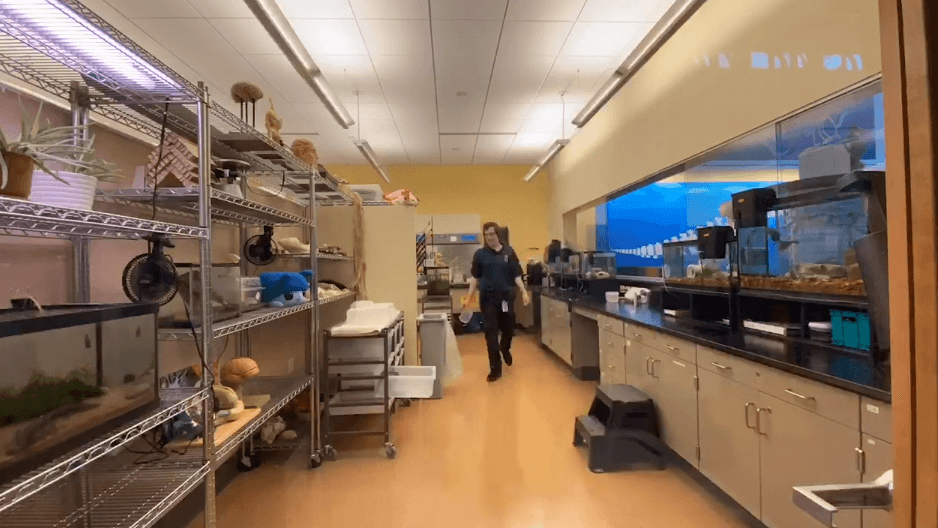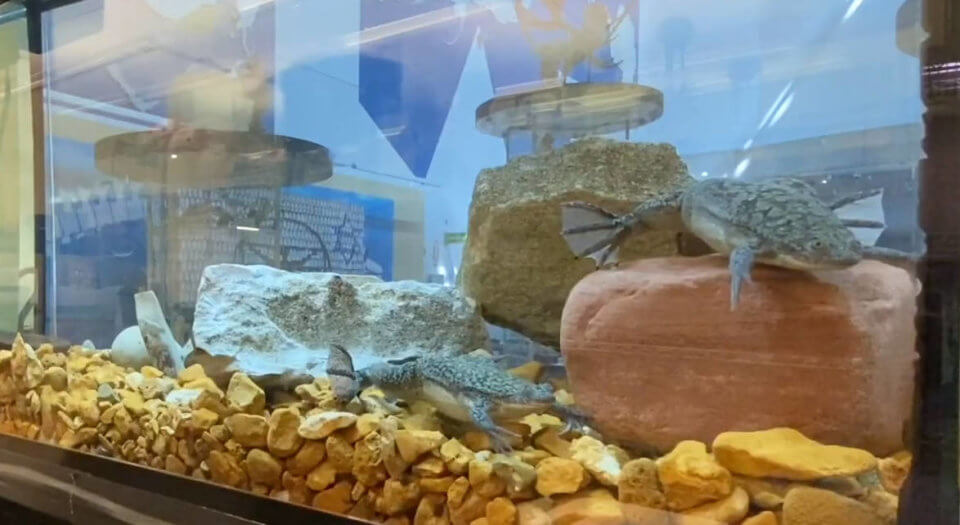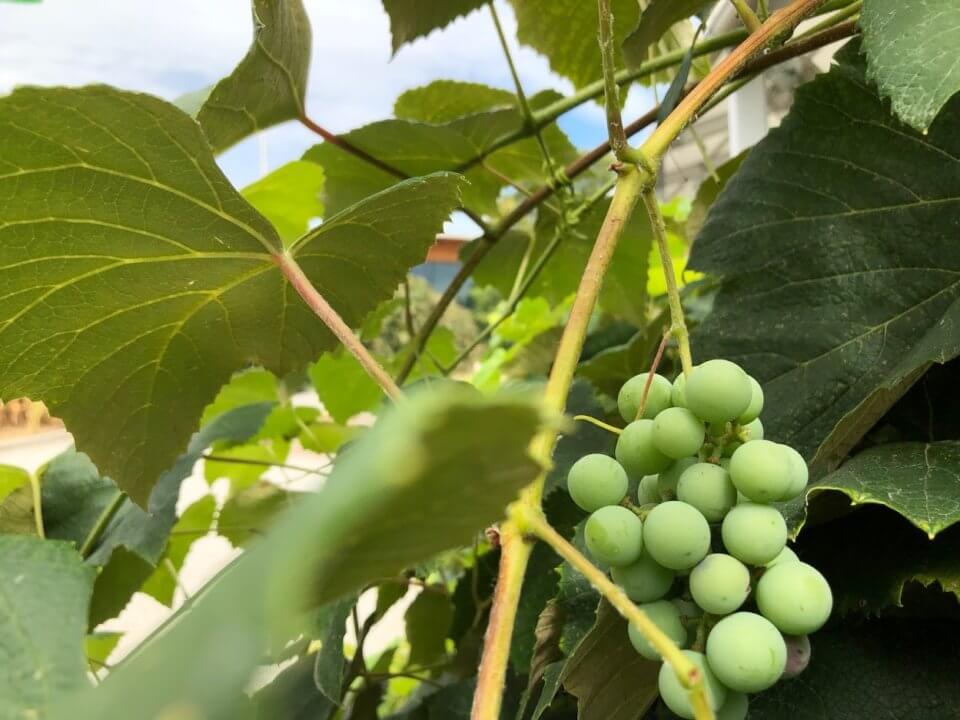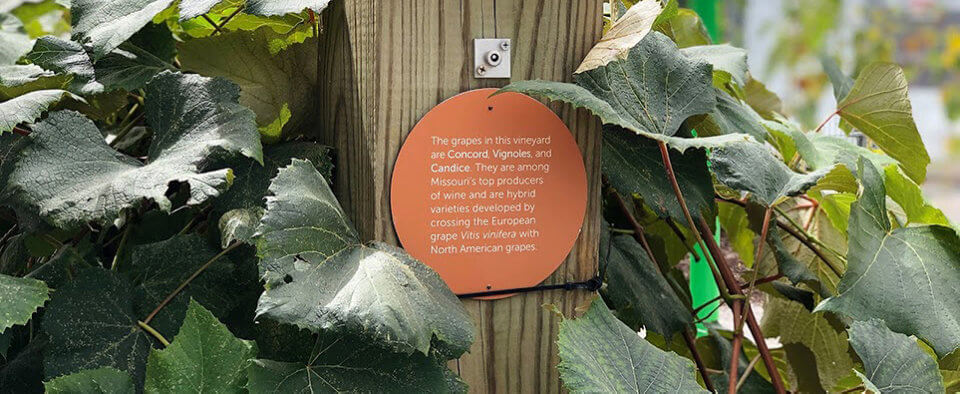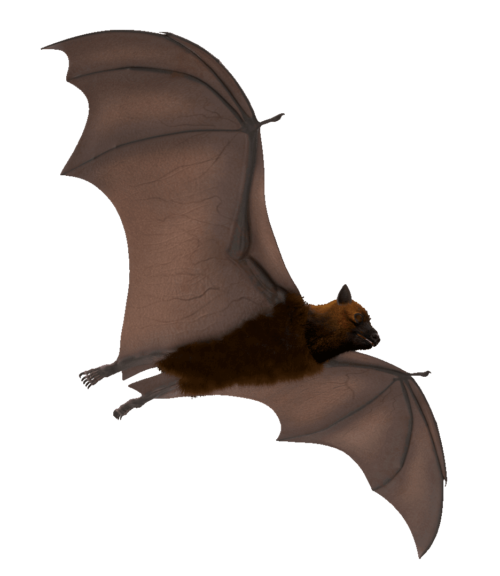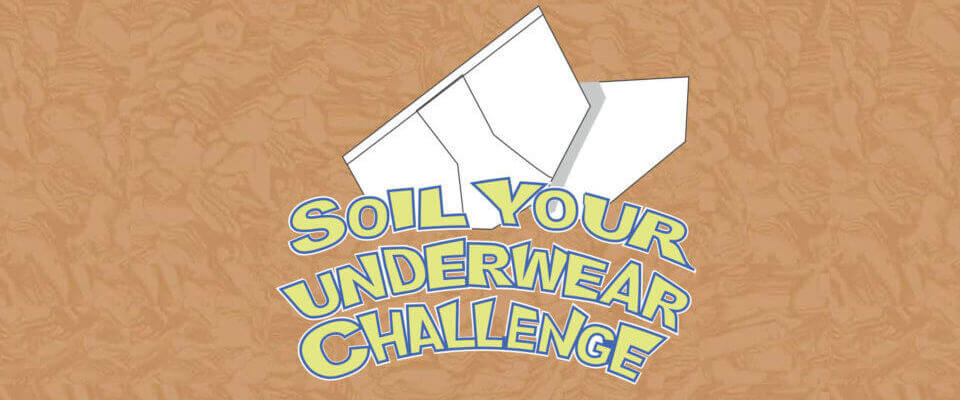An effigy vessel is a container made in the likeness of something or someone else. While the function of these vessels is debated, some believe that animal effigies like this frog represented important aspects of Mississippians culture. For example, frogs were seasonal markers ushering in spring and the planting season, and so were associated with… Continue reading
Water Change Day
The first rule of Life Science Lab is “Explore, Observe, Discover!” The second rule of Life Science Lab is “Always wear waterproof shoes.” Routine water changes are a major part of our critter care routine. Removing small amounts of old water from the tanks and replacing it with fresh clean water helps us keep waste… Continue reading
Collections – Three Toed Sloth
Found in the rainforests of Central and South America, the adorable three-toed sloth is the world’s slowest moving mammal. Strong front arms and long claws help the sloth to hang and sleep in the treetops with ease, where they spend most of their lives. The three-toed sloth is one of the few mammals to have… Continue reading
African Clawed Frog
What do clones, pregnancy tests, and the Space Shuttle Endeavor have in common? Go behind the scenes with Dakota in the Life Science Lab to find out! Connect with curiosity!
Science Uncorked: How to Enjoy your Wine
Let’s face it, you love your wine – but what is the rule of thumb for properly enjoying it? Check out these three helpful tips on how you should be enjoying yours. Tip 1: “Swirling” a glass of wine before tasting it will aerate the wine and release its aromas. Aeration is the infusion of… Continue reading
Science Uncorked: The Wine Production Process
You know you love it, but do you know how it’s made? Checkout the science behind wine and winemaking in these 5 steps of the wine production process. STEP ONE: Harvesting The first step in the wine production process is to harvest the grapes. Did you know that grapes are the only fruit that contain… Continue reading
Not so scary: Real “monsters” maybe scary, but they offer many benefits to our ecosystem
Hairy, poisonous, slimey, or scaley – How real “monsters” have a positive impact on our ecosystem. OWL SCIENTIFIC NAME: Tytonidae (barn-owls) and Strigidae (true owls) CLASSIFICATION: Bird DIET: Carnivore SIZE: Varies depending on the species; anywhere from 1 to 9 pounds AVERAGE LIFESPAN: 4 years (barn owls) Legends and myths regarding the fierce qualities of… Continue reading
Not so scary: The benefits of real “monsters”
Hairy, poisonous, slimey, or scaley – How real “monsters” have a positive impact on our ecosystem. GOBLIN SHARK SCIENTIFIC NAME: Mitsukurina Owstoni CLASSIFICATION: Cartilaginous Fishes DIET: Carnivore SIZE: 12 feet long and weigh up to 460 pounds AVERAGE LIFESPAN: Up to 35 years With an intimidating appearance and ability to completely unhinge its jaw, the… Continue reading
Not so scary: Real “monsters” maybe scary, but they offer many benefits to our ecosystem
Hairy, poisonous, slimey, or scaley – How real “monsters” have a positive impact on our ecosystem. TARANTULA SCIENTIFIC NAME: Theraphosidae CLASSIFICATION: Invertebrate DIET: Carnivore SIZE: 5 inches long; leg span: up to 11 inches AVERAGE LIFESPAN IN THE WILD: Up to 30 years They are big and hairy but not so scary! Many individuals fear… Continue reading
Soil Your Underwear Challenge
Activity 3
Sing With Us The soil is alive! ACTIVITY DESCRIPTION This sing-along guides you through the 5 factors of soil formation: parent material, relief, climate, organisms, and time. Click/Touch to enlarge image X X A rock represents a soil’s parent material. Imagine a rock falling off a bluff to the ground below, where it begins to… Continue reading







